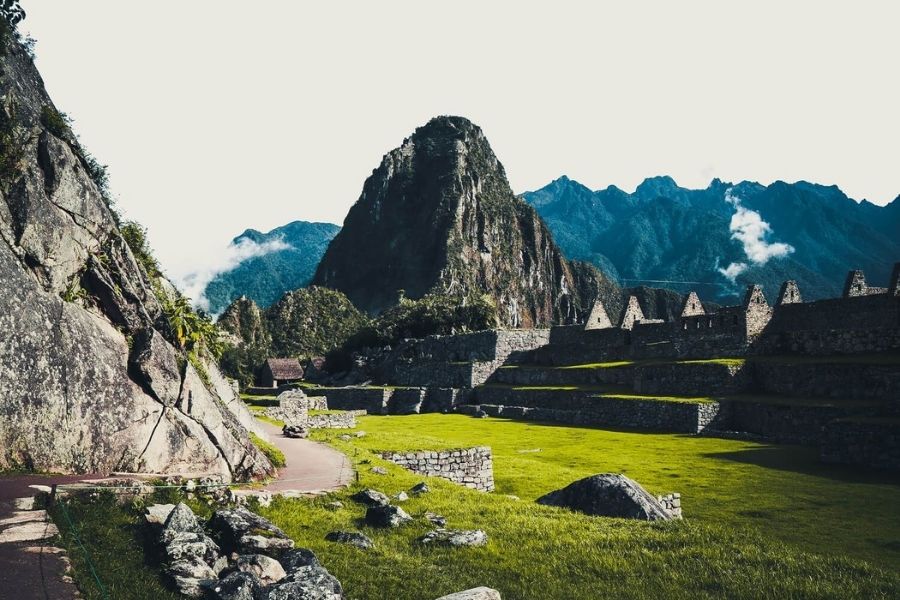Overview of Ollantay, a play originally written in the Quechua language, is a dramatic text that recounts the love of an ordinary warrior and a young princess of the nobility. He continues reading this article and learns more about this romantic, legendary and mystical work.

QUECHUA-OLLANTAY DRAMA
OLLANTAY Overview and his story
It is a drama of unknown authorship, it belonged to the priest named Antonio Valdés, who was believed to be the original creator.
There are divergent manuscripts that lead to consider that its creation comes from more remote origins, that is, the idea that its beginning is Inca.
During colonial times it was recreated as a play, who adapted it to this style are unknown. A Viceroy by the name of Francisco de Toledo, prohibited plays about indigenous people, as he believed that they hindered policies during times of colonization.
OLLANTAY Overview
Legend has it that a general of the Inca army fell deeply in love with the daughter (Cusi Coyllur) of the Inca Pachacútec, called "The restorer of the world". In another context, the organizer of the empire.
In his tradition alone, a nobleman manages to marry the daughter of another member of his culture. The warrior breaking tradition and against his bad wishes, he chooses to ask for the hand of princess Cusi Coyllur.
The princess's mother, "Coya", proceeds with a secret wedding, at which point the high priest Willka Uma discovers what is happening.
The beginning of the war (Ollantay summary)
He flees and entrenches himself in the area that bears his name, Ollantaytambo. The princess and her mother are locked up in the Acallahuasi house.
The Inca Pachacútec enlists his army with the help of General Rumi Ñawi (Stone Eye). Ollantay does the same with the support and trust of Urqu Waranqa (Thousand Mountains).
A first war is disputed and Rumi Ñawi is defeated, Pachacútec does not achieve his purposes of being victorious, because he dies and gives power to Tupac Yupanqui (The one esteemed by royalty).
Rumi created a deception where he appears before Ollantay bleeding when being punished by the chief, manages to enter the city of Ollantaytambo where a night celebration was held, which he took advantage of to break into the city with his men.
When Ollantay is captured, they ask for his death and he is ceded by the king. Urqu Waranqa and other officers are taken to Cuzco in the presence of Tupac, who asks his advisers for opinions on the subject of the rebels.
The arrival of peace
Huillac Uma, was a being of peace who asked Tupac for forgiveness and clemency with the rebels. Ultimately, the king decides to change capital punishment, even raising those captured in ranks.
The protagonist becomes Major General, as Lieutenant in case of absence of wars. Urqu Waranqa is promoted to Chief of the Antisuyo (Inca Empire of the southwestern area of the Peruvian Amazon).
After strong disappointments, Ollantay has the joy of reuniting with his great love, Cusi Coyllur, after being confined for 10 years in prison but without having lost hope.
Ima Sumac, a brave little girl (sister of Cusi) addresses the Inca and asks for forgiveness, Inca and Ollantay go to the place "El Acllahuasi", they find a mistreated woman with extremely long hair.
The boss recognizes in her his sister, who tells her atrocious story, listening to her, he grants her freedom. She, therefore, marries Ollantay and they finally manage to be happy, closing the best Quechua drama story.

Antisuyo- peoples of the south
Adaptations to other languages
The first appearance was in 1853, adapted by Johann Jakob Von Tschudi. Its first delivery into Spanish is attributed to José Sebastián Barranca in 1868, who subtitled it "The rigors of a father and the generosity of a king."
There are various samples in different languages, such as German, French, Spanish, English or Russian, among them are:
- Von Tschudi, in Quechua and German.
- José Sebastián Barranca, spread a version in the original language and the first in Spanish (1868)
- In 1870, José Fernández Nodal published his version in Spanish.
- Clements R. Markham translated it into English in 1871.
- Five years later, Constantino Carrasco turned it into a Castilian verse.
- In 1878, Pacheco Zegarra chose to spread his translation into French. Eight years later, this author revealed his translation in Spanish.
- In the following years, versions were published in German, Spanish and Latin.
Structure of the work
It was written in verses and distributed in 3 parts, it contains freedom of rhymes and a tolerant measure, the predominant verses are octosyllables (eight metric syllables) and to a lesser extent hendecasyllables (eleven metric syllables). Rhymes built with assonantas and with many blank verses.
Characters
Among the main characters we find those mentioned, Pachacútec, Ollanta and his beloved Cusi Coyllur, as well as Rumi Ñahui, loyal to the Inca.
Some of the secondary characters are: Coya, the mother of the princess; Urqu Waranqa, faithful to Ollantay and second in importance within the army; Huillac Huma, the priest who discovers the secret wedding; Ima Sumac, daughter of the love between the protagonist and the young noblewoman.
There are also other characters who do not have a great role in the story. Undoubtedly a great work with varied characters, rich in culture and traditions, that everyone should have the opportunity to enjoy.
Finally, we invite you to know the Summary of Flight of the Condors, a story that brings together sad and happy moments for the reader, of the innocent love of two children. I know you'll like it!